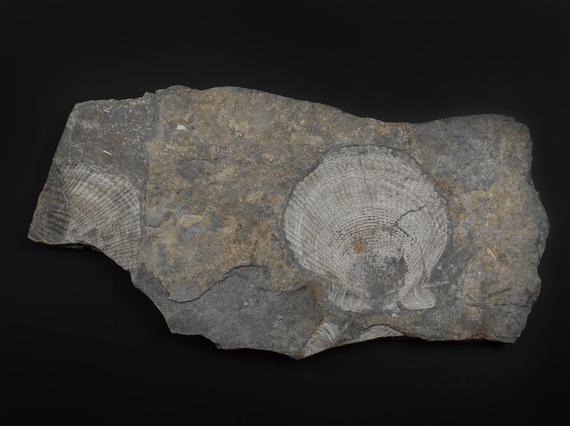
Scotland's Fossil collections
Natural Science Collections Across Scotland was a two-year project, funded by John Ellerman Foundation, working with museums across Scotland to advance curatorial expertise and increase engagement with natural science collections.
Focusing primarily on fossil collections, an extensive programme of site visits by project curator Dr Sue Beardmore resulted in the publication of 'Review of Fossil Collections in Scotland'.
Fossils in Scotland
Around 250,000 fossil specimens have been collected by museums across Scotland.
Scotland has a long list of important localities where fossils have been excavated over the last two hundred years. While much of the material held in the national collection and elsewhere is used for museum displays and contributes to scientific research, collections across the country have huge potential for use in a range of public engagement activities. The review describes the dispersal of fossil collections around the country, including type, origin (stratigraphic age, geographic locality) and condition and identifies items of scientific and historical significance. How fossils are stored is also examined and best practice implemented to improve collection care.
Fossil collections by region
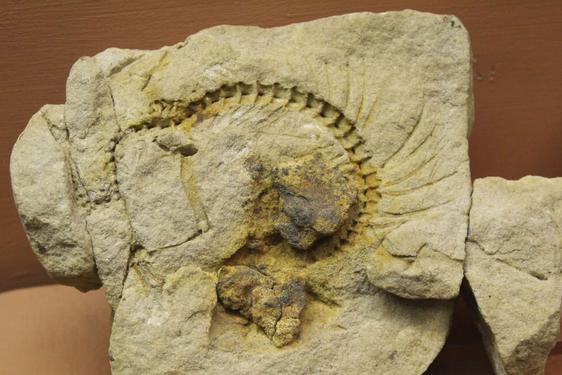
Fossils in North East Scotland
Find out about fossil collections in Moray, Aberdeenshire and Aberdeen.
Fossils in the Highlands and Islands
Find out about fossil collections in Highland, Argyll and Bute, Orkney and Shetland.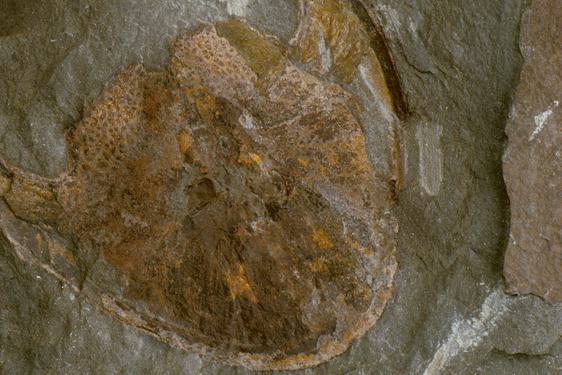
Fossils in Tayside, Central and Fife
Find out about fossil collections in Stirling, Perth and Kinross, Dundee, Angus, Fife and Falkirk.
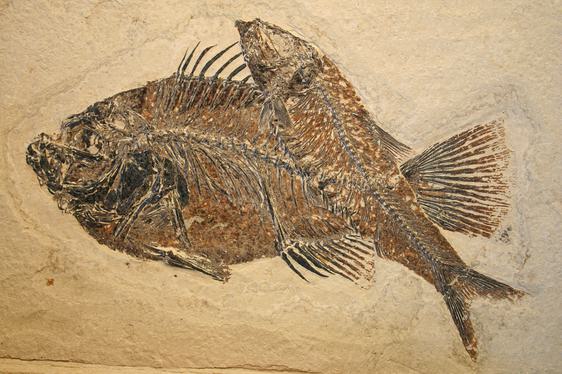
Fossils in Edinburgh and Lothians
Find out about fossil collections in East Lothian, West Lothian and Edinburgh.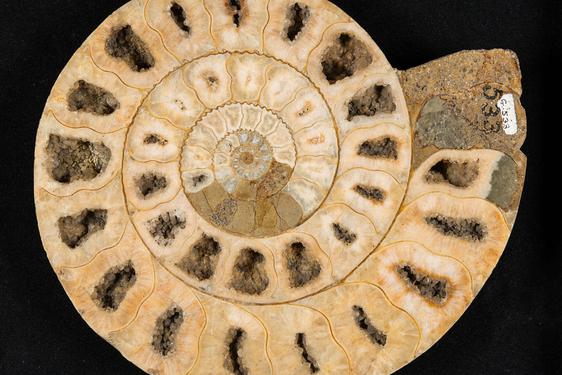
Fossils in Glasgow and Strathclyde
Find out about fossil collections in Ayrshire, South Lanarkshire, Inverclyde, Renfrewshire and Glasgow.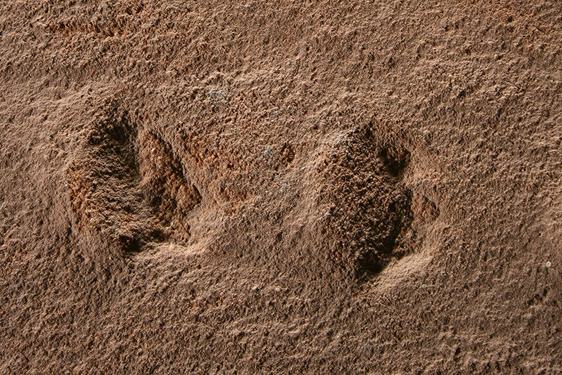
Fossils in Scotland South
Find out more about fossil collections in Dumfries and Galloway and Scottish Borders.
Natural Science collections
Materials from other natural science subjects were also investigated. This aspect has a wide scope, including rocks, minerals, gemstones, taxidermy, osteology (bones and skeletons), herbaria (plants), bird eggs and spirit collections (animals stored in alcohol in glass jars), and will provide a foundation for more detailed work.
Training programme
We delivered a programme of basic collections knowledge and skills training for Scottish museums, providing support and guidance on identifying, caring for and interpreting natural science collections. Three workshops took place between June 2019 and February 2021, including Introduction to Bird and Egg Collections, Introduction to the Care of Entomology Collections and Introduction to Rocks, Minerals and Fossils. These three workshops provided 34 learning experiences to 27 local museum staff and volunteers from 20 organisations across 15 local authority areas.
Introduction to the Documentation of Fossils and other Natural Science Collections
The impact of COVID-19 on our training programme led to the delivery of an online training event for museums on the topic of documentation of natural science collections, with a specific focus on fossils. The event was delivered by Dr Sue Beardmore, John Ellerman Project Curator, and Jo Thomson, Collections Information Officer. Recordings of the presentations can be found in our 'Documentation of fossils and natural science collections' training module.
Project underspend, resulting from some aspects of the project being curtailed owing to the pandemic, enabled us to offer grants to some of our partner museums for improvements to collection care and documentation and to increase public engagement with their fossil collections.
We hope that the project will extend our knowledge about natural science collections throughout the country and support new ways of using them, locally and beyond. Throughout the project, we have shared information and stories from these collections on the National Museums Scotland blog.